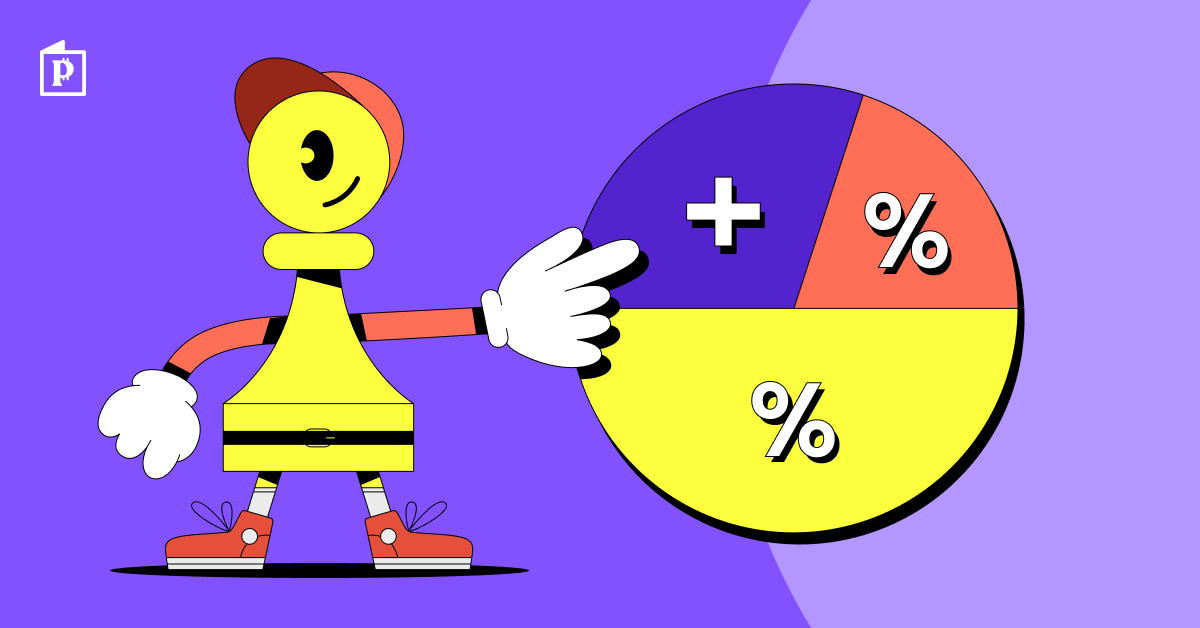Budgeting can help teens get more financial freedom and a life with less stress. It may seem a bit challenging initially, but it’s not exactly brain surgery. Once you learn how to create a budget and stick to it, you’ll develop an essential life skill that will set you up for a brighter financial future.
However, many teenagers don’t know where to start. So if you’re one of them, don’t worry, as we’re here to help you out. Whether you’re a teenager just starting to earn money or you just want to manage your money better, this step-by-step guide will help you create a solid financial foundation for the future.
Know Your Income
Knowing your income is a crucial first step in creating a budget and managing your finances. Your income is the money you accumulate from various sources. This could be a part-time job, allowance from parents, or money from a side hustle.
It’s important to keep track of your income and understand how much money you have coming in each month. This will allow you to plan your expenses and set realistic goals for saving and spending. If your income varies, it’s best to stay on the safe side and stick with a lower amount.
Once you figure out your income, you’ll be able to make informed decisions about how much you can afford to spend on things like clothes, entertainment, and other discretionary expenses.
Track Your Expenses
Tracking your expenses is a critical step in budgeting and managing your finances. Your expenses are the things you spend money on, such as food and groceries, transportation, entertainment, and other essentials. So if you keep track of them, you can identify areas where you may be overspending. Only then can you make adjustments to your budget as needed.
By knowing where your money is going, you can make informed decisions about how to prioritize your spending. This can help you achieve your financial goals, such as saving for a big purchase or building an emergency fund.
Make sure you avoid changing your spending habits at this point. Otherwise, you won’t have a clear picture of how you’re spending your money and compare it to how you actually want to spend it.
Put Expenses into Categories
Putting expenses into categories can help you differentiate between needs and wants. This is a crucial part of budgeting for teens and everyone else. Needs are essential expenses that are necessary for everyday life, such as food, bills, school supplies, or healthcare. Wants are non-essential expenses that you could live without, such as entertainment, dining out, and clothing.
By making a difference between your needs and wants, you can see how much money you’re spending on each type of expense and identify areas where you may be overspending. Think about it: why pay for bus fare or gas if you can use your bike, right?
This can help you make more informed decisions about your spending and prioritize your expenses based on your goals. By focusing on your needs first and limiting your wants, you can free up money to save or invest for the future, which can help you achieve your long-term financial goals.
Do the Math
To create a budget, you must do the math. But don’t worry, it’s not rocket science. You just need to subtract your essential expenses or needs from your income, and the rest is what you have available for your wants and savings. If you find that you’re spending more than you make, it’s essential to look into ways to increase your income. For example, you can take on a side hustle or find ways to make money online.
By doing the math and setting a realistic budget, you can avoid overspending and ensure that you have enough money to cover your needs while still having some money left over for your wants and savings. This can help you achieve your goals and build a stable financial future.
Remember, a little planning and math can go a long way when it comes to efficient budgeting for teens.
Create Savings Goals
Setting specific and measurable goals for saving can help you stay motivated and on track to achieve your financial objectives. To create savings goals, start by determining what you want to save for, such as a down payment on a house, a new car, or an emergency fund. Next, set a specific amount that you want to save and a timeline for achieving your goal.
You can break down your savings goal into smaller, more manageable chunks by setting a weekly or monthly savings target. By doing this, you can track your progress and adjust your budget as needed to stay on track. Creating savings goals may require discipline and commitment, but the benefits of achieving your goals are well worth the effort.
Pick a Budgeting Strategy
Picking a budgeting strategy that works for you is essential in managing your finances effectively. There are several budgeting strategies to choose from, including the 50/30/20 rule, zero-based budgeting, envelope budgeting, and more. Each strategy has its strengths and weaknesses, so it’s important to choose one that fits your lifestyle and financial goals.
- The 50/30/20 rule is a simple and popular strategy that recommends allocating 50% of your income to needs, 30% to wants, and 20% to savings and debt repayment.
- Zero-based budgeting involves giving every dollar a job and allocating your income to specific expenses and savings goals. At the end of the month, you have zero dollars left over.
- Envelope budgeting for teens involves setting aside cash for different categories of expenses in different envelopes, such as food, transportation, and entertainment.
Whichever strategy you choose, make sure to stick to your budget and make adjustments as needed.
Start Using Your Budget and Stick to It
Starting to use your budget is important, but the real challenge is sticking to it. To stay on track, make budgeting a habit and regularly review your progress to see if you’re meeting your goals.
If you find that you’re overspending in certain categories, you may need to adjust your budget to ensure that you’re staying within your means. This could involve finding ways to cut expenses or increasing your income through a side hustle or other means. The key is to remain flexible and adaptable while also being disciplined and committed to your goals.
Remember, a budget is a tool to help you manage your finances, not a set of rigid rules that you have to follow at all costs. By using your budget regularly and adjusting it as needed, you can achieve your financial goals and build a bright financial future.
Final Thoughts
By developing good budgeting habits early on, you can establish a strong financial foundation and set yourself up for success in the years to come. Besides following our step-by-step guide to managing your money, you can also consider boosting your budget with Pawns.app.
It’s a free app used by over 2 million people worldwide who want to make some passive income in their free time. It’s 100% safe and legit, and it really pays. So whether you’re a teen looking to boost your budget or make money but don’t know where to start, Pawns.app can help you.


